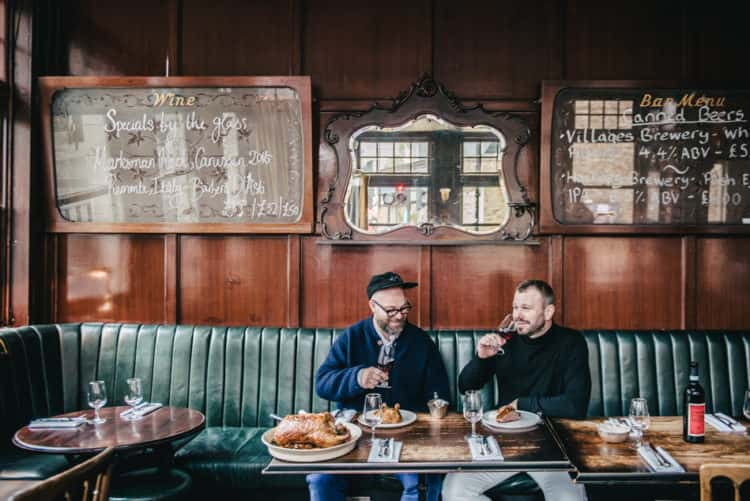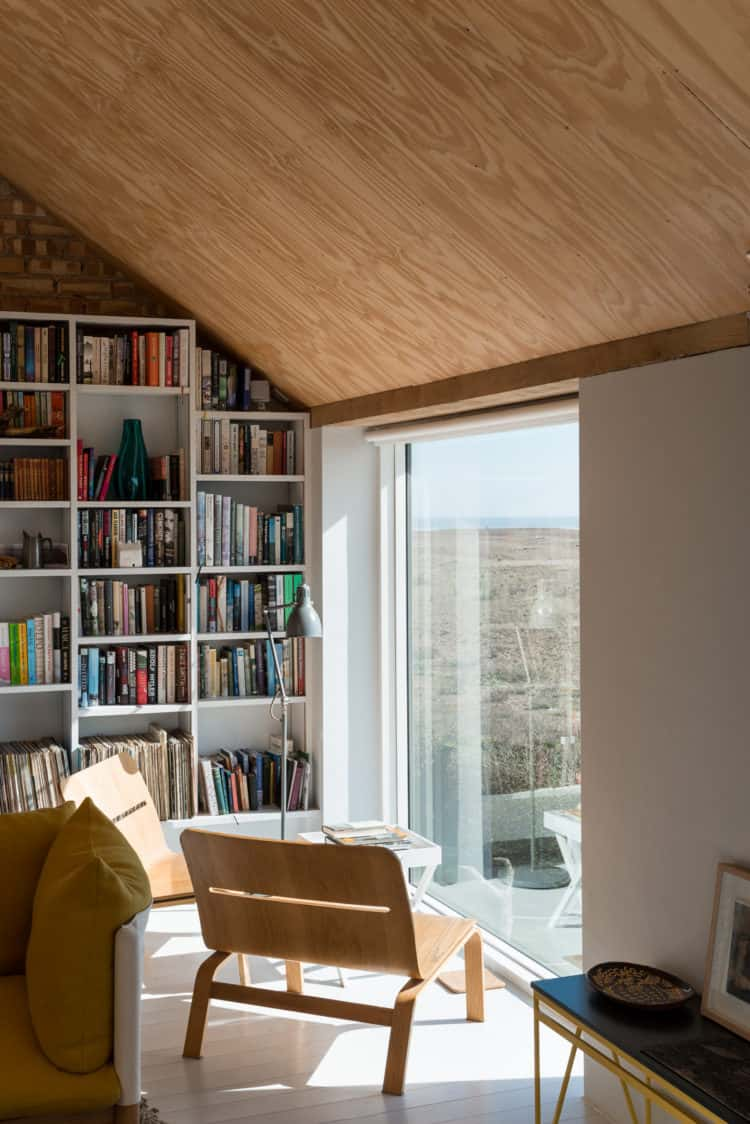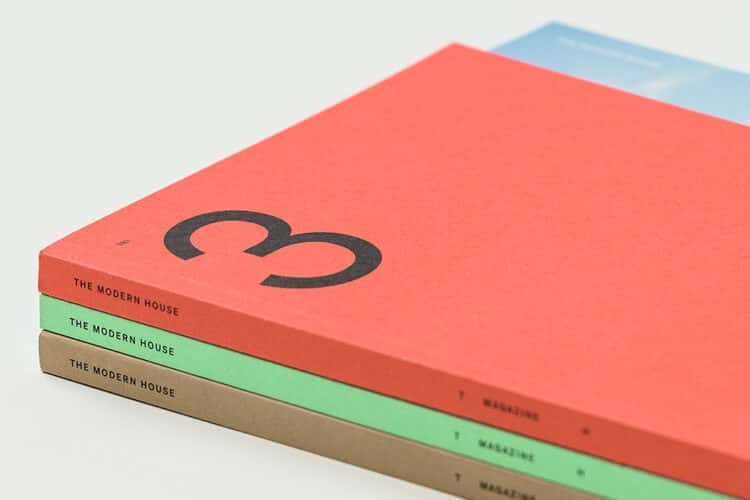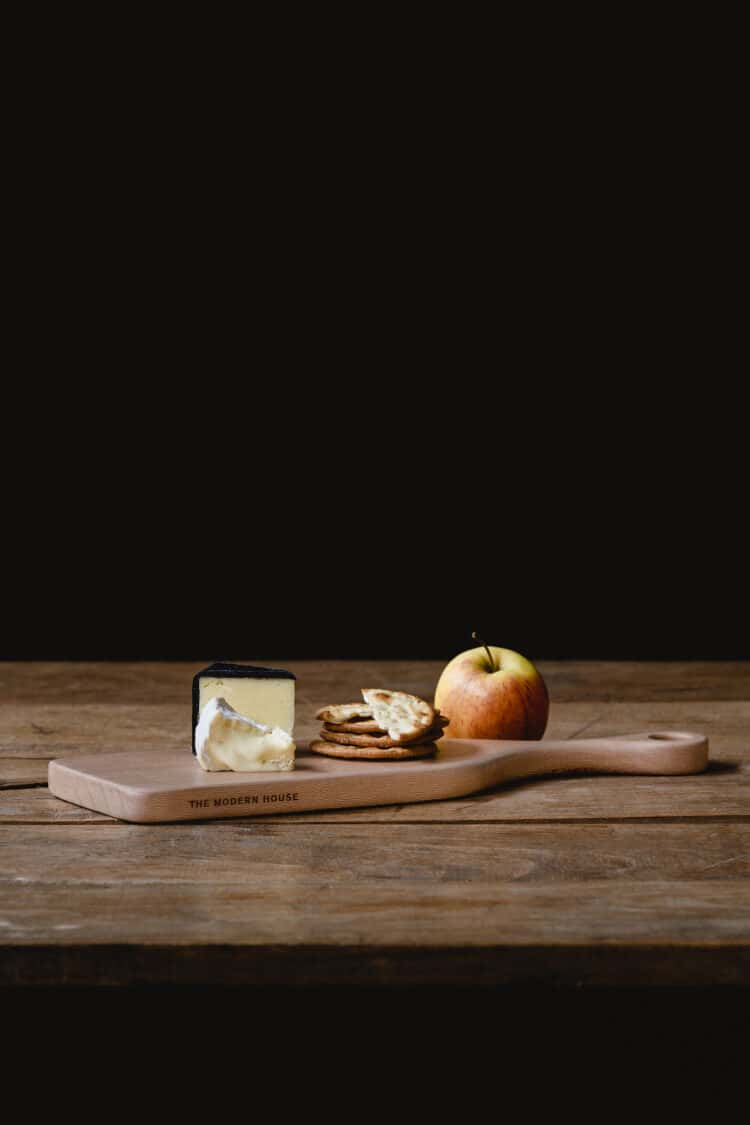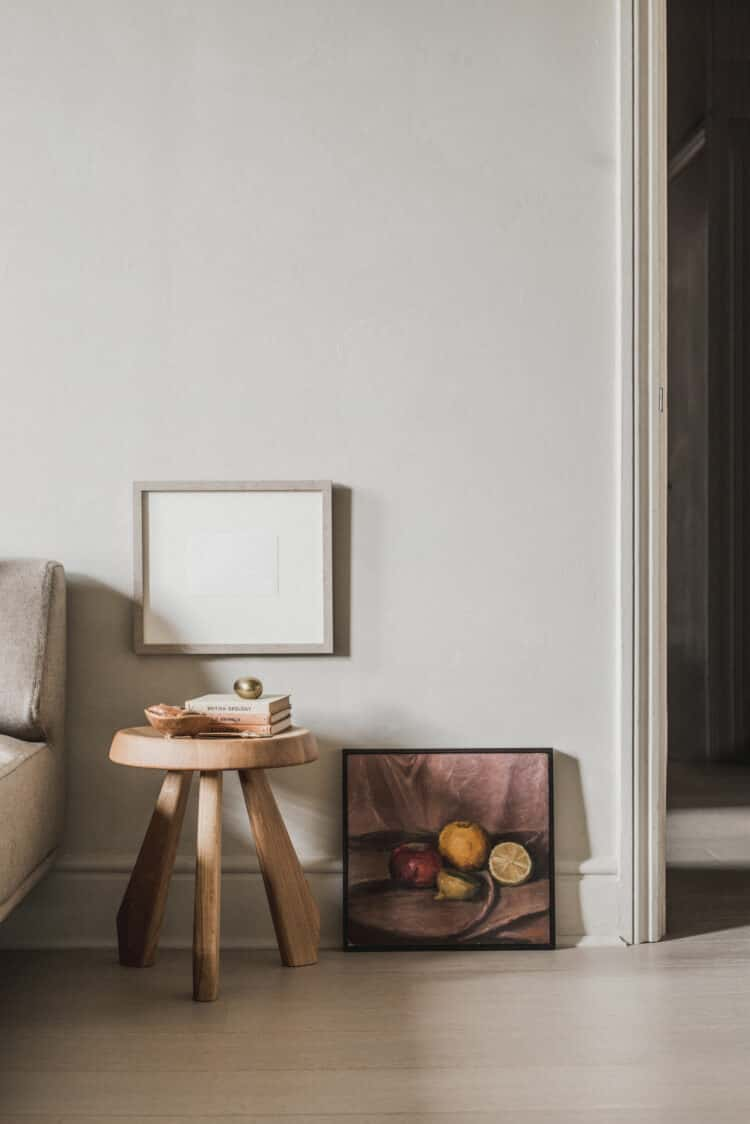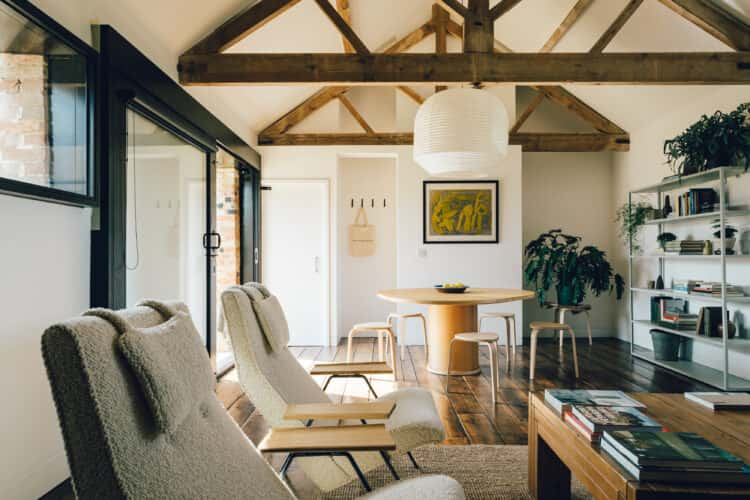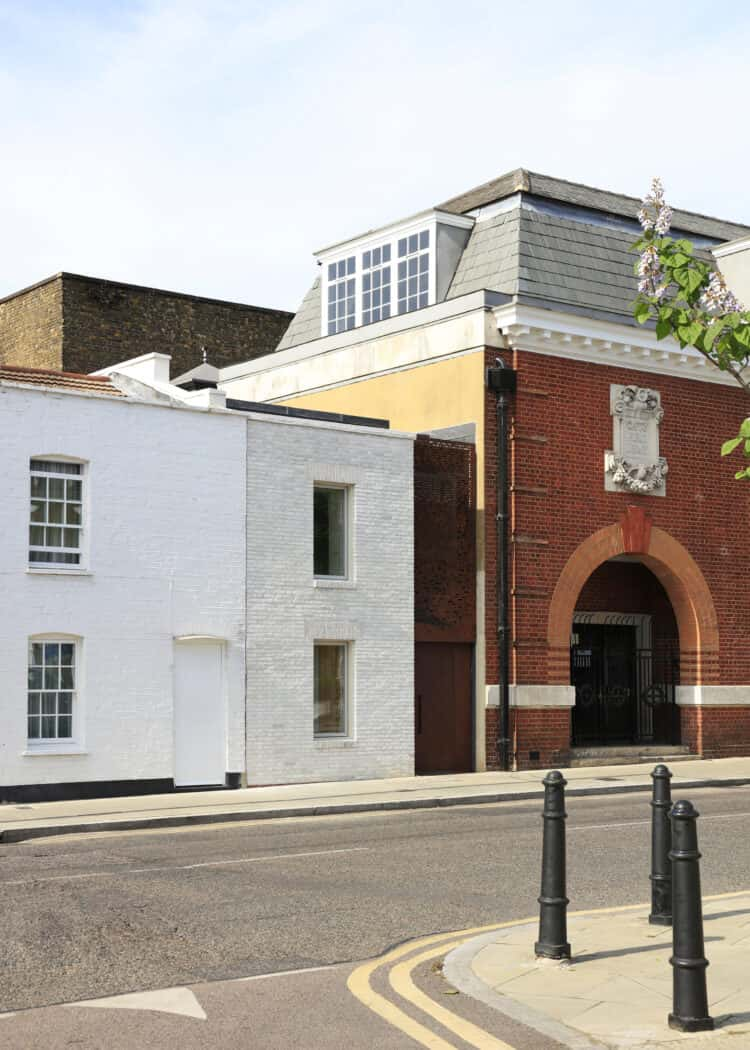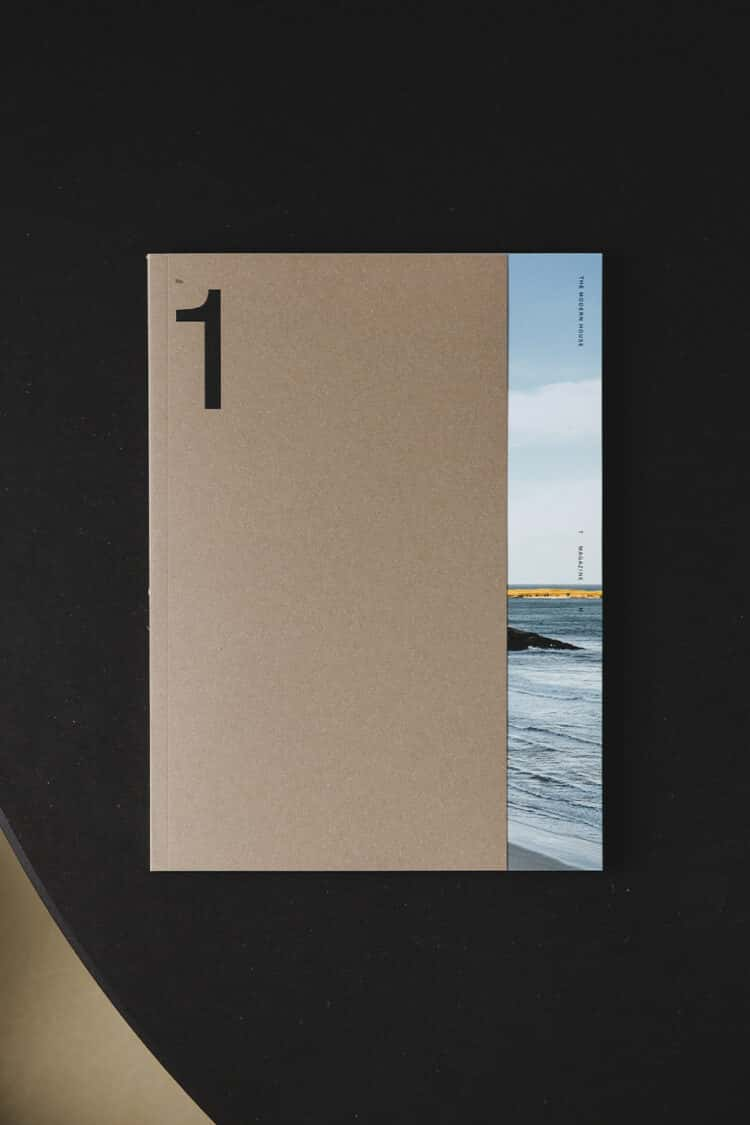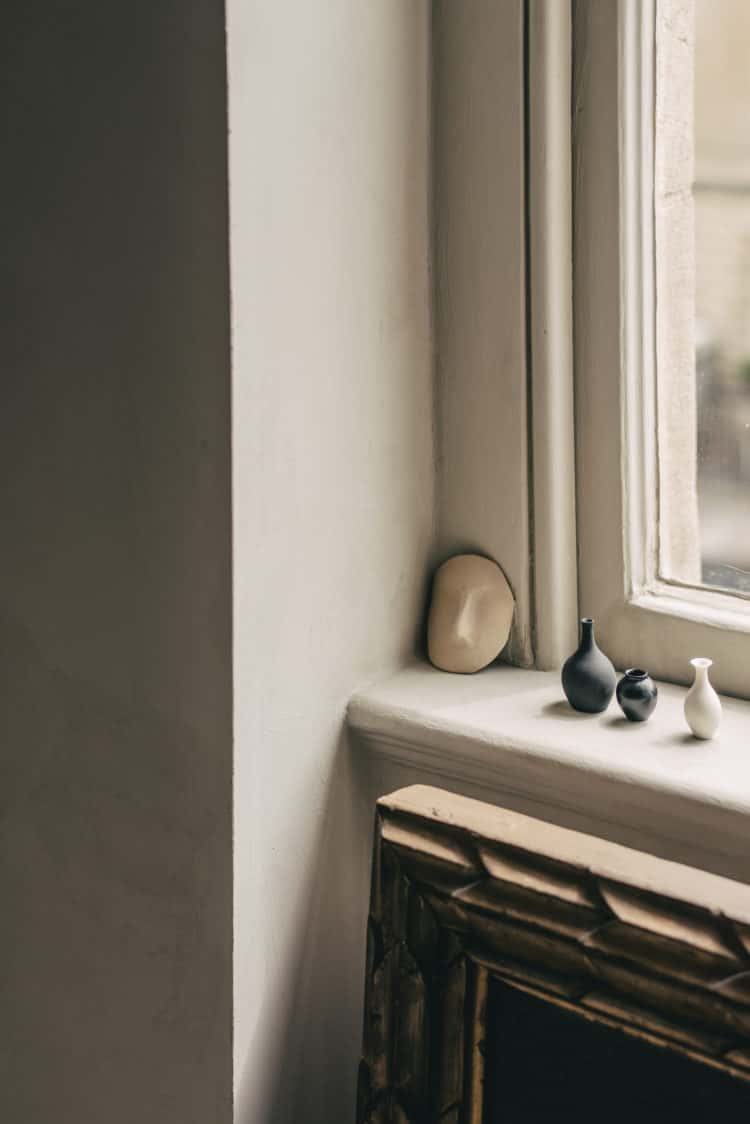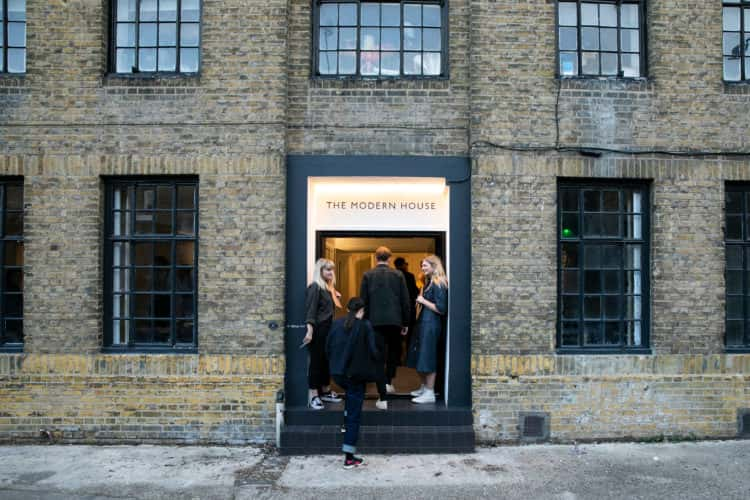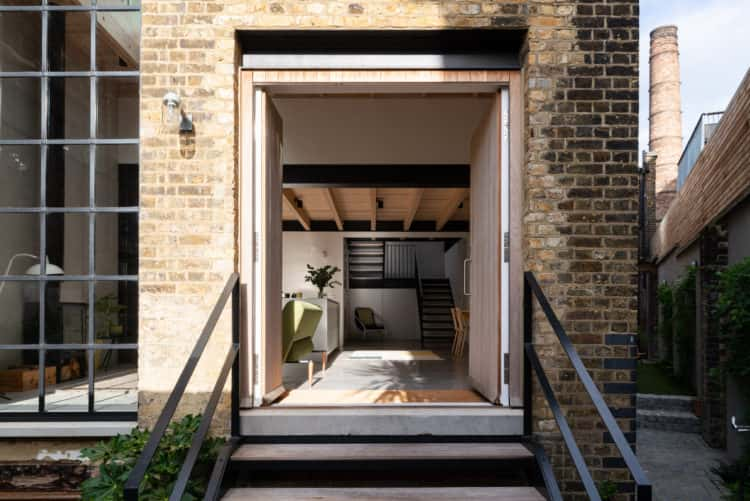Photo Essay: Simon Phipps' 'Concrete Poetry: Post-War Modernist Public Art'
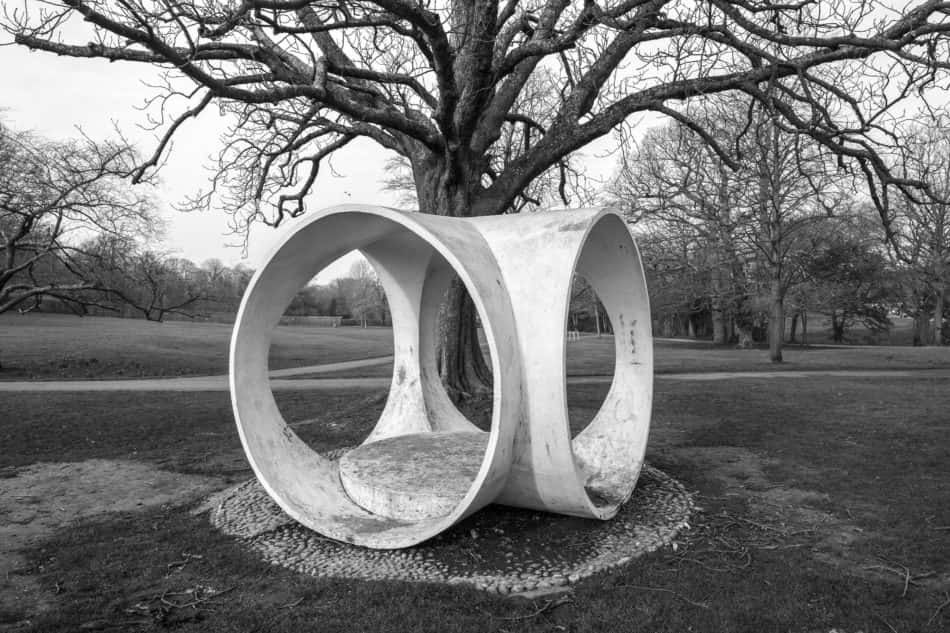
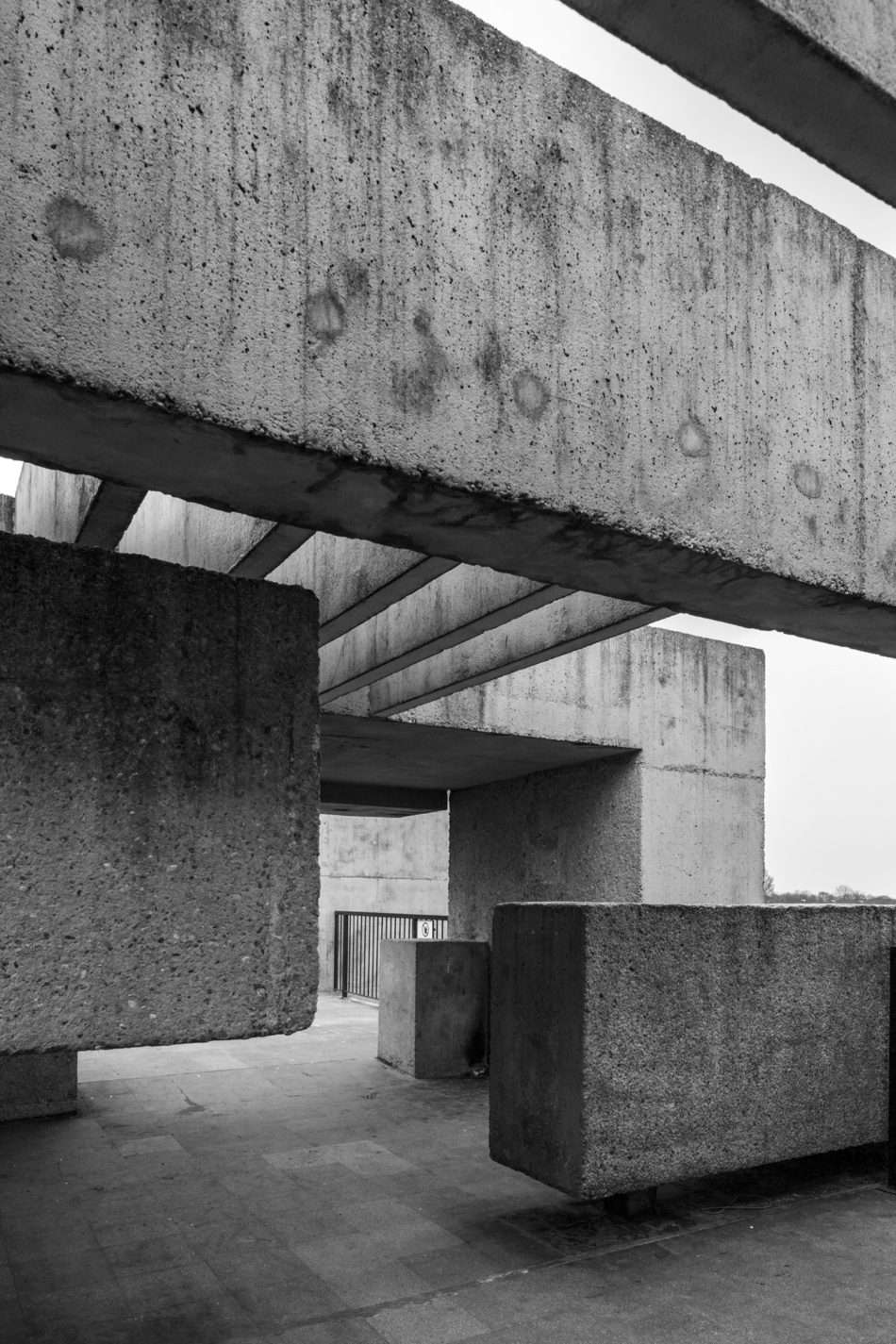
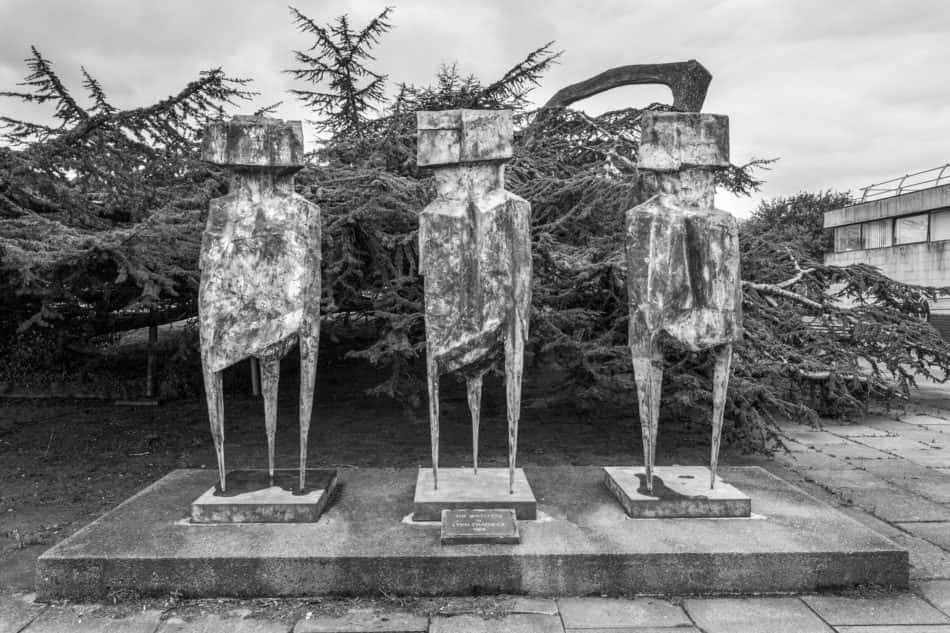
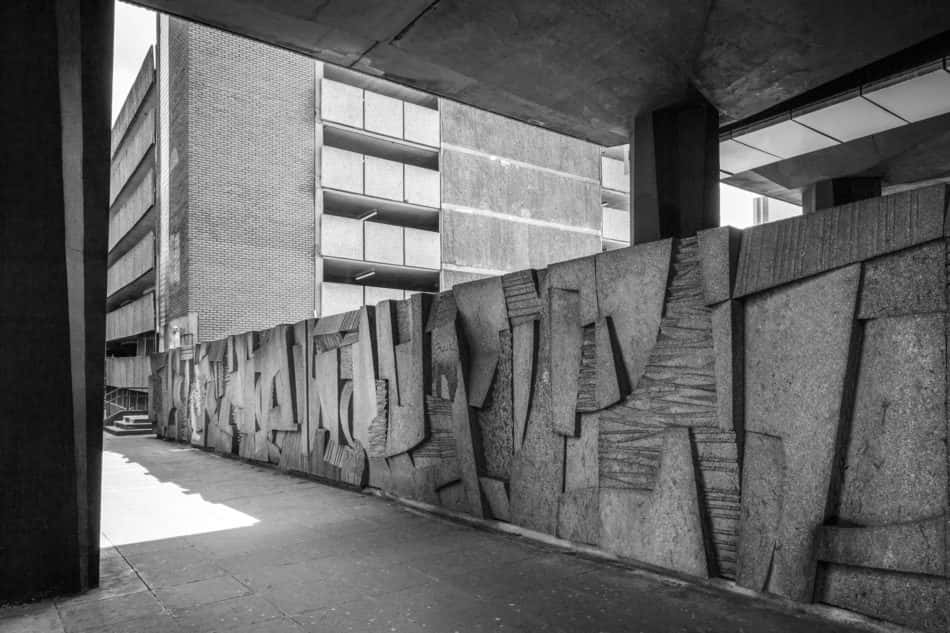
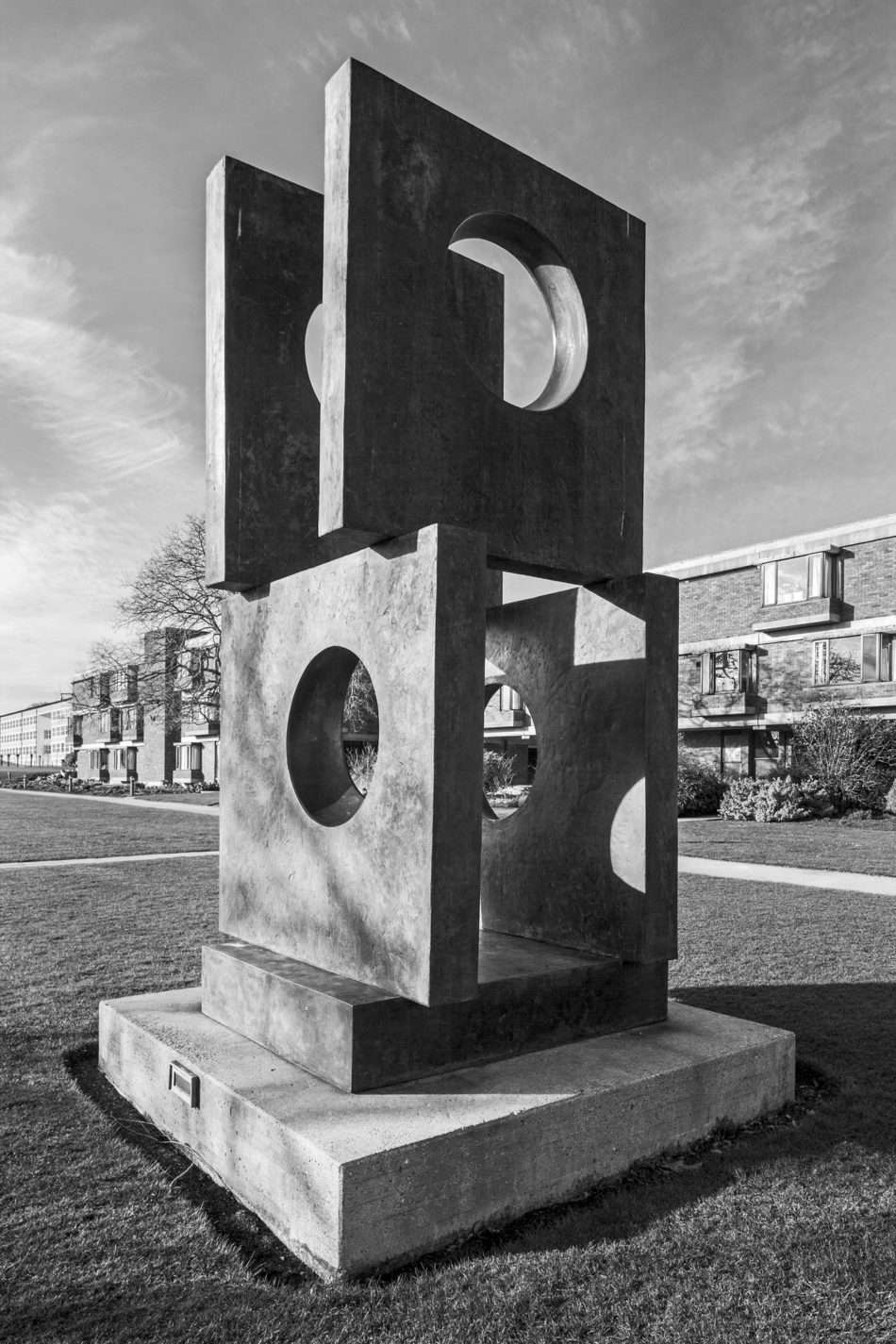
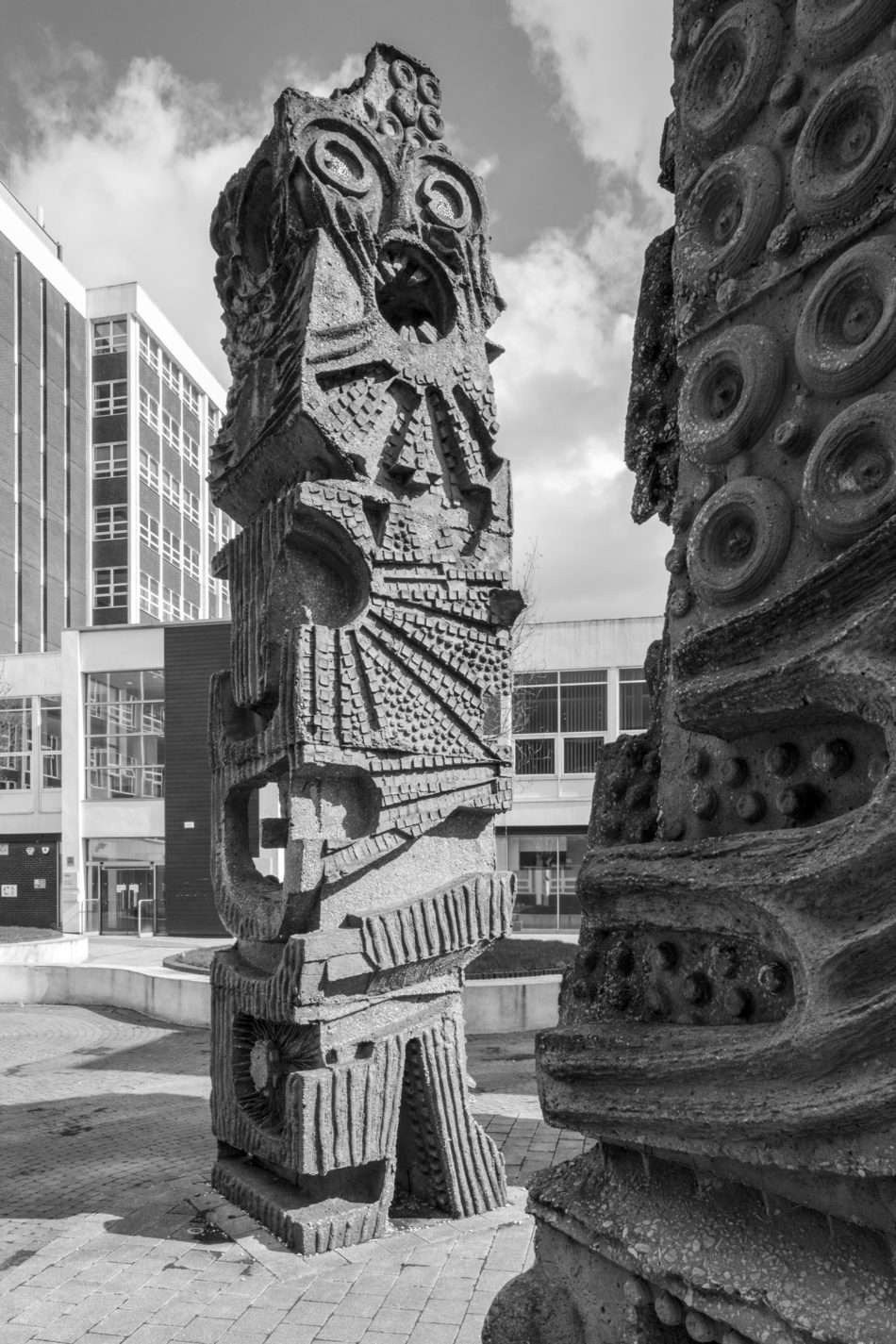
In our ‘Photo Essay’ series, we’re publishing the work of photographers whose work in architecture, design, landscape and interiors offer fresh perspectives on the built and natural environment.
Here, we’re sharing the work of architectural photographer Simon Phipps, whose Instagram account, @new_brutalism is our go-to for Brutalist inspiration.
Simon’s black and white images of Brutalist and post-war buildings in the UK are defined by their striking compositions in which the raw architectural forms of his subjects are laid bare. His latest body of work, ‘Concrete Poetry: Post-War Modernist Public Art’, was published in November.
‘Gazebo’ by Wendy Taylor. Golders Hill Park, Golders Green, London NW11, 1983
This gazebo was designed by Wendy Taylor that was installed in Golders Hill Park on the western fringe of Hampstead Heath in the 1990s. However, Taylor designed her first iteration of the work in 1971, and with intersecting circular sections in bone-white concrete, set on a cobbled plinth, its striking abstract form evokes an earlier era. Taylor’s gazebos have been installed in Aldeburgh in Suffolk and the Rockefeller collection in New York.
‘Apollo Pavilion’ by Victor Pasmore. Oakerside Drive, Peterlee, County Durham, 1969
The Apollo Pavilion’s history maps the fluctuating fortunes of Brutalism and the public artworks of the period. Pasmore’s sculpture/bridge for Peterlee new town was designed as a ‘purely abstract form through which to walk, in which to linger and on which to play’. Its intersecting cast concrete planes – decorated with abstract murals, floating on piloti above a small lake – epitomised the modernist dream of a pristine villa in a landscape. By the mid-1980s, it crouched crumbling, grey and graffiti-scrawled in a stagnant pond. Local councillor Joan Maslin was so incensed she urged Prince Charles and Jimmy Saville to campaign with her for its demolition. In 1998, it was recommended unsuccessfully for listing, but a later bid for Heritage Lottery Funding saw it refurbished in 2009, and listed in 2011.
‘The Watchers’ by Lynn Chadwick. Behind Downshire House, Roehampton University, Alton Estate, London SW15
Chadwick’s three forbidding figures standing each on three legs look out protectively over the campus. The Watchers was produced in 1960 as an edition of three, the other two are sited overlooking the Alton West Estate in Roehampton and at the Nordjyllands Munstmuseum, Aalborg, Denmark. ‘They’re like crabs’ Chadwick remarked of his figures, ‘they’ve got their bones on the outside.’
‘Abstract Wall Relief’ by Keith McCarter. Charing Cross Station, Elmbank Lane, Glasgow, 1972
This robust relief lines a walkway leading to Glasgow’s Charing Cross Station and was one of several public art works commissioned for the R Seifert & Partners station complex. Artist Keith McCarter creating the work from 19 pre-cast concrete blocks, each 1.3 metres wide. It features a succession of textured abstract forms that jostle and overlap, thereby creating a sense of dynamic tension along the vertical plane.
‘Four Square (Walk Through)’ by Barbara Hepworth. Churchill College, Storey’s Way, Cambridge, 1966
This monumental walk-through work represents the summation of Hepworth’s preoccupation with spatial relationships, and the extent to which a sculptural object may engage with both its surroundings and its viewers. Hepworth herself, who summarised her work as her own ‘sculptural anatomy was photographed leaning in one of Four Square’s apertures. ‘I think every sculpture must be touched,’ she said, ‘it’s really our first sensibility.’
‘Minute Men’ by William Mitchell. Allerton Building, University of Salford, Frederick Road, Manchester, 1966
These totemic figures were commissioned for Salford Technical College’s Allerton Building, now part of the university. Teeming with patterns – both geometric and suggestive of features – and highlighted by mosaic tiles, each figure is oriented so as to be animated by morning and evening light, their characters reinforced by different shades of concrete: pale grey, black and terracotta. Mitchell was cryptic about his inspiration, commenting only that they were ‘to be enjoyed by the students’ who he urged to ‘talk about them, laugh at them, even grumble at them.’
Stay inspired with more photo essays by subscribing to our newsletter
